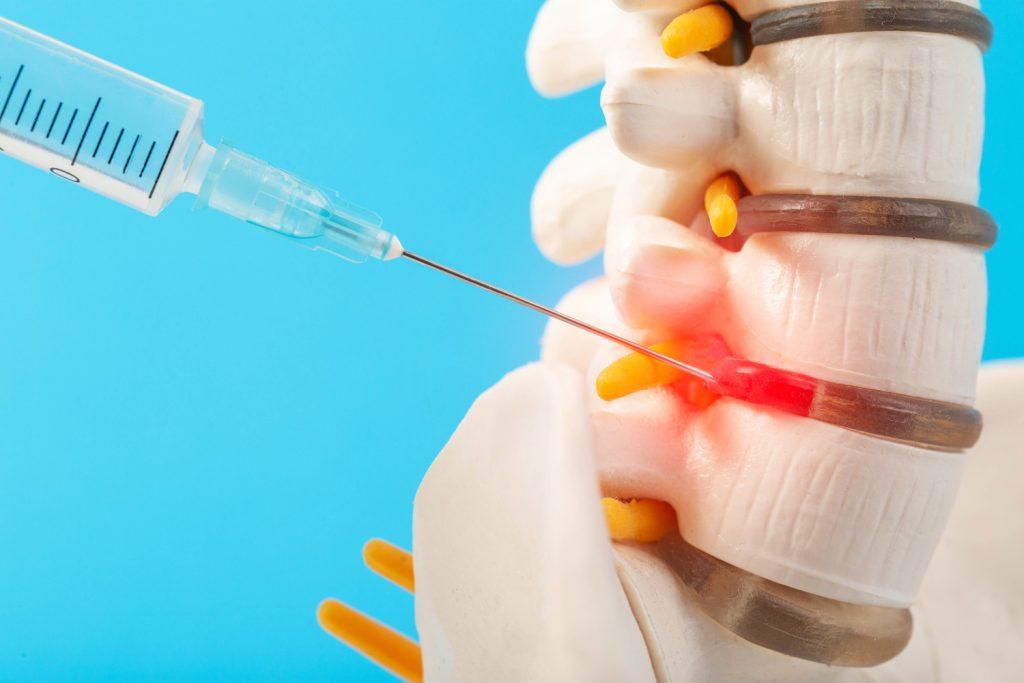7 Common Types of Shoulder Operations You Need to Know

Shoulder injuries are more common than you think. There are many ways to injure your shoulder including a car accident, sporting injury, or a fall around the house. Because of this, shoulder operations are also standard.
Shoulder surgeries are the best way to restore movement and reduce pain, especially in severe cases. In this blog, you will learn the seven types of shoulder operations you may need and what you can do to prepare. At Surgery Consultants of Florida, our team is always here to give you the surgical services you need after an accident.
7 Common Shoulder Surgeries You May Need and How They Help
Knowing how shoulder operations are done and what they treat can help you prepare if you need one. Here are some common surgical intervention types you might need for your shoulder pain or injuries.
1. Rotator Cuff Repair
A rotator cuff repair is used to fix torn tendons in the shoulder or rotator cuff, commonly caused by an injury or wear over time. During this operation, surgeons typically use arthroscopy, inserting a small camera and tools through tiny incisions.
Using sutures or anchors, the tendon is reattached to the bone. In more severe cases, doctors might need to conduct an open surgery. After the operation, you need to wear a sling for around six weeks to allow your rotator cuff injuries to heal.
2. Shoulder Arthroscopy
You must undergo shoulder arthroscopy for shoulder impingement, labral tears, or a frozen shoulder. Surgeons will make a small incision and insert a small camera. This allows them to see the damaged tissues, which they will repair.
Unlike other operations, this is less invasive and leads to faster recovery with minimal scarring. To reduce chronic shoulder pain and restore range of motion, you need to have physical therapy.
3. Shoulder Replacement
A shoulder replacement is done for severe arthritis, chronic pain, or when complex structures are damaged in the shoulder joint. Doctors will replace the worn-out or damaged joint with artificial components in this shoulder surgery.
Among the options you can choose from are total, partial, or reverse replacement. This will still depend on how severe the damage is. When it comes to healing, full recovery could take several months.
4. Subacromial Decompression
Subacromial decompression surgery is conducted when your bone spurs or inflamed tissues press against the rotator cuff, which leads to shoulder impingement. Doctors will remove the obstructions on your rotator cuff through arthroscopy to create more space for the tendons.
This impingement syndrome surgery can help in reducing your pain and prevent further tissue damage. You need to wait around six to eight weeks for full recovery.
5. SLAP Repair
Repetitive overhead movements or trauma can damage your labrum, the cartilage surrounding the shoulder socket. When this happens, you’ll need to have a SLAP repair.
This surgery also relies on shoulder arthroscopy, in which the surgeon attaches the labrum with sutures. SLAP repair—labrum repair—is vital in restoring stability and reducing the risk of further injuries.
6. Frozen Shoulder Surgery
Frozen shoulder or adhesive capsulitis can cause your shoulder joint to stiffen. Once this happens, a frozen shoulder surgery may be necessary, especially if physical therapy no longer works.
Doctors will cut the tight shoulder tissues to restore your movement, called arthroscopy release. After the operation, you need to undergo intensive therapy. This will help in regaining your flexibility and strength.
7. ORIF
ORIF, or open reduction and internal fixation, is also one of the everyday shoulder operations you might encounter. It is designed for severe fractures of the shoulder. These include collarbone and upper arm bone fractures.
Metal plates, screws, or pins are used to stabilize broken bones. After the operation, you must wear a brace or a sling to prevent your shoulder from making broad movements. This is required to ensure proper healing and help you regain your shoulder function.
Getting Ready for Shoulder Surgery: A Helpful Guide
Undergoing shoulder surgery can be stressful. But you can reduce stress and ease recovery by knowing how to prepare for shoulder operations. Here are some practical steps to help you feel more confident and ready.
Be Honest When Sharing Medical Information
Before your shoulder surgery, you need to share all your medical information. Always be honest with your surgeon. The details you’ll share will help them know your current medications, allergies, and past procedures. Having clear communication with your doctors will ensure better and safer medical care.
Arrange Your Post-Surgery Support
Talk with your family, friends, or someone you trust to help you after surgery. You’ll need a trusted person to assist you with your daily tasks, such as cooking and chores. With their help, your recovery will be easier and less stressful.
Prepare Your Living Space
Before the operation, make sure that your home is comfortable. Keep all essential items within easy reach. .
Follow Pre-Surgical Instructions
Commit to your recovery. Make sure you follow all the pre-surgical instructions the surgeon or doctor gives. Use prescribed surgical soap, take medications, and have physical therapy. Avoid any medicine that can increase bleeding unless approved by your doctor.
Need Shoulder Surgery After An Accident? Trust SCOF
Knowing you’re in the right hands in your shoulder operations can ease your worries. At SCOF, we specialize in high-quality care for shoulder surgeries and other trauma-related injuries after a personal injury.
Our trusted medical group has over 30 years of experience improving lives through advanced surgical procedures and personalized treatment plans. We specialize in orthopedic as well as musculoskeletal care.
Our services include minimally invasive shoulder operations, advanced orthopedic surgeries, and regenerative therapies (stem cell treatments and PRP). Trusting us means choosing compassionate surgical experts who deliver effective treatment, transparent communication, and lasting results.
Are you ready to recover from your injuries? Book an appointment with SCOF today for orthopedic care. and lasting results. Are you ready to recover from your injuries? Book an appointment with SCOF today for orthopedic care.
Warning: urlencode() expects parameter 1 to be string, array given in /www/wwwroot/surgeryconsultantsofflorida.com/wp-includes/formatting.php on line 5693

